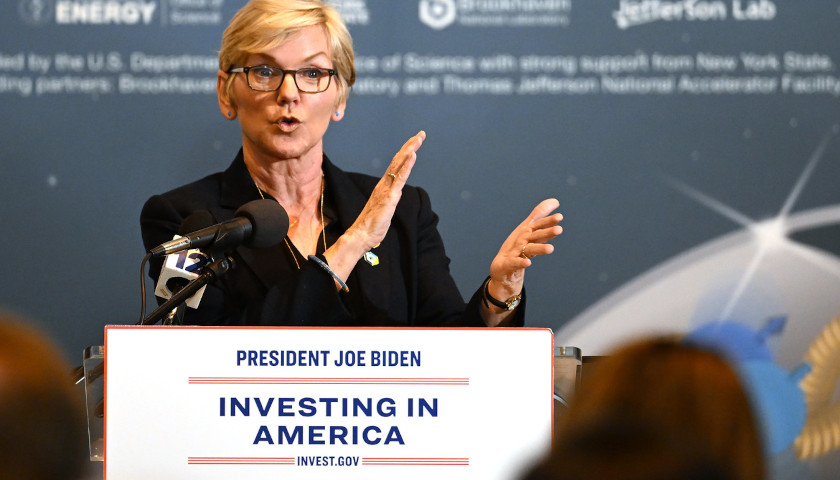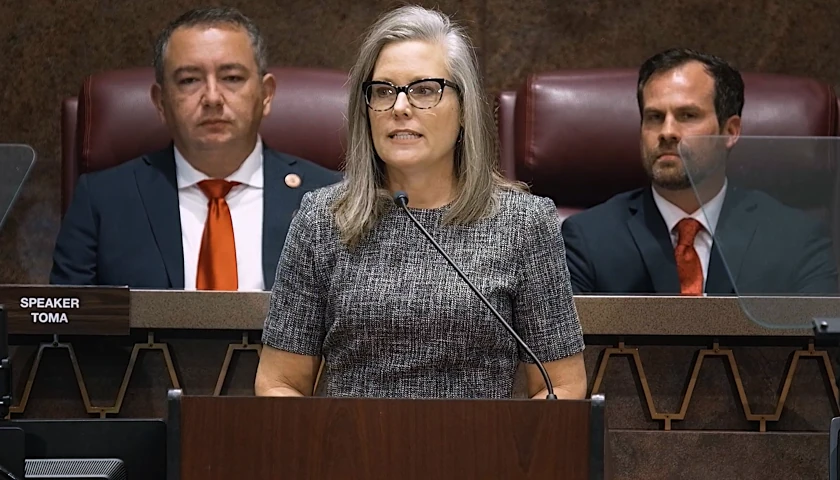by Santiago Varela
People who have a problem with how much energy it takes to mine Bitcoin should take a more long term view of the situation and realize Bitcoin´s energy requirements are a feature, not a bug. Bitcoin mining provides a powerful market incentive for energy producers worldwide to increase the production of cheap energy, which could potentially drive down global energy prices. That’s great news for everyone, but it’s especially good for the least well-off in society, as they’ll be the ones who benefit the most from cheaper energy.
Bitcoin relies on a consensus mechanism called Proof-of-Work (PoW) which requires energy to issue new tokens into existence. PoW is a complex computing process performed with specialized machines that consume a lot of energy. Thanks to this technological innovation, today we all have access to a new form of money that exists in the digital world. Therefore, Bitcoin can be seen as both an “energy currency” and a “digital currency.”
Bitcoin is frequently championed as “digital currency” among the mainstream media, but the “energy currency” narrative is much more interesting to explore. It’s not a new idea. More than 100 years ago, Henry Ford envisaged an energy currency that would stop wars. Today, Canadian scientist Vaclav Smil emphasizes the importance of energy in trade: “Energy is the only universal currency.”
That makes sense when you think about it. Humans have been harnessing energy to make a home on our planet for as long as we’ve been here. AJ Scalia and Drew Armstrong, respectively the CEO and president of Cathedra Bitcoin, a bitcoin mining company in Canada, speak to this in a recent article they wrote for Bitcoin Magazine:
“Man’s default state is abject poverty. The natural world is not a hospitable place for humans; our environment is neither stable nor safe for us unless we transform it. The livability of the planet for the average human depends on our ability as a species to develop the environment into resources that protect, nourish and sustain us. For most of history, we have been limited to using human and animal labor to do so … Today, based on the average American’s daily energy consumption, a single individual has the equivalent of nearly 600 humans working at their behest. For most of human history, each individual’s productivity was limited to what they could achieve with their own two hands. From a humanist perspective, less energy is never the solution.”
However, humans tend to care more about energetic order than energy. Electricity, the most ordered form of energy, has to be consumed as it is produced. This is inconvenient because there is a lot of produced electricity that is not consumed by anyone and is, therefore, wasted.
Michael Saylor, Bitcoin mega-bull and CEO of Microstrategy summarizes this challenge, which he says is the challenge of humanity, in a question: “How do I store and transmit energy across time, space, and domain?”
The answer is simple: Money.
“Money is energy,” says Saylor, and Bitcoin is “the most efficient energy network in the history of the world.”
And since literal energy is the primary cost for Bitcoin miners, they are incentivized to find the cheapest energy possible. As a result, miners typically use power that would otherwise be wasted (better known as stranded or non-rivalrous energy). Contrary to what PoW haters believe, companies like Soluna use this type of computing to absorb excess renewable energy, which is one of the biggest challenges with renewable energy development and the green transition that is underway today. In this sense, bitcoin mining is a complement for the energy transition to renewable sources and the stabilization of the grid.
In an interview with Ricardo Carmona, CEO of Biomining, we talked about the gradual convergence between Bitcoin mining and the energy sector. His Bitcoin mining project that uses 100% renewable energy is only one of many examples that illustrate how PoW incentivizes cheaper and better energy. Biomining operates in Mexico and is dedicated to Bitcoin mining using biogas from manure. Ricardo also made the argument for mining Bitcoin with stranded/non-rivalrous energy and he believes that PEMEX and CFE (Mexican state-owned energy companies) will end up mining Bitcoin in order to monetize all the excess energy that they already produce (but isn’t consumed). Furthermore, we talked about Ricardo Salinas Pliego (3rd richest man in Mexico) and his plan to mine Bitcoin with geothermal energy from the volcanoes.
Bitcoin mining is making the development of cheap and reliable sources of electricity, anywhere in the world, very rewarding. The monetization of a digital commodity produced from electricity, one of the most important economic goods humans ever invented, is at the forefront of a new energy revolution that will enrich humanity like never before.
– – –
Santiago Varela is a student in economics at ITAM, podcast host, and Young Voices contributor. Follow him on Twitter @santiagovare1a








